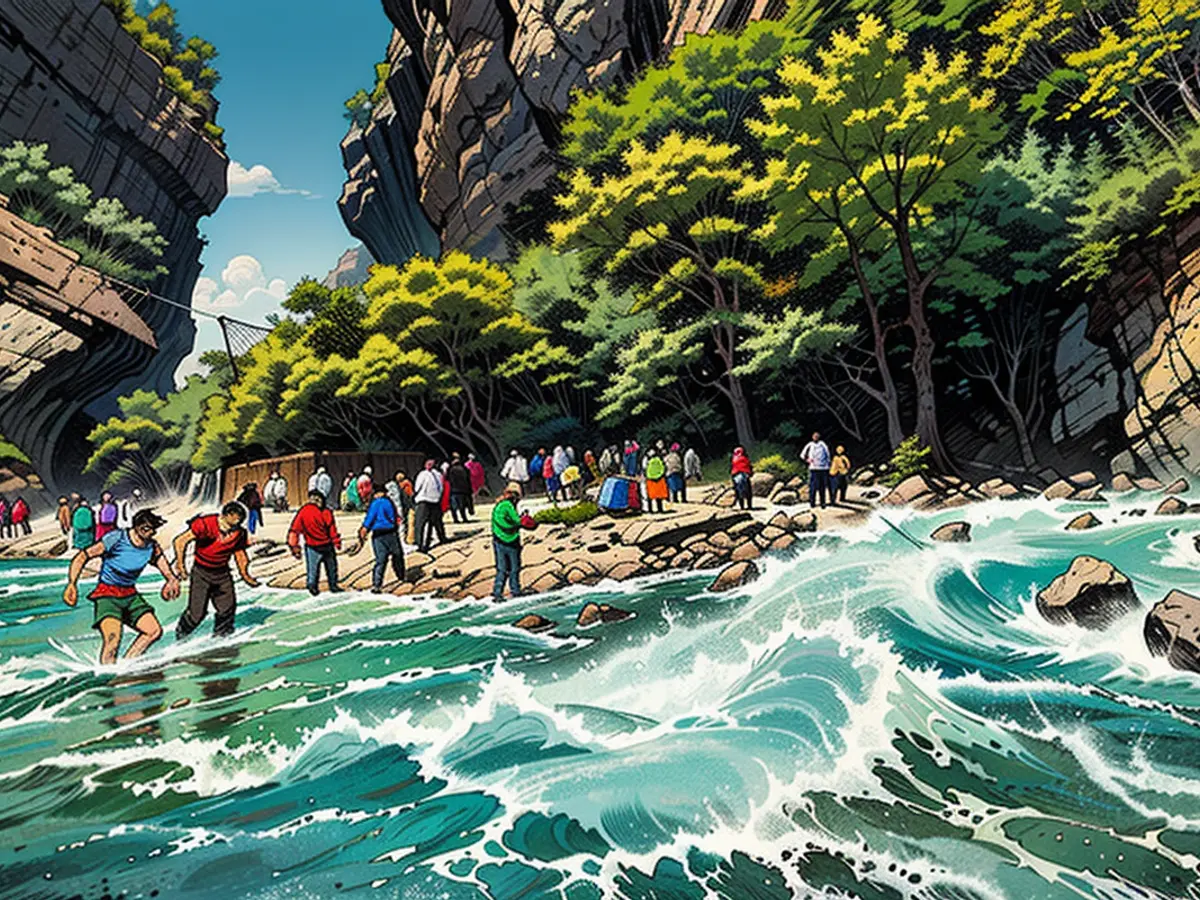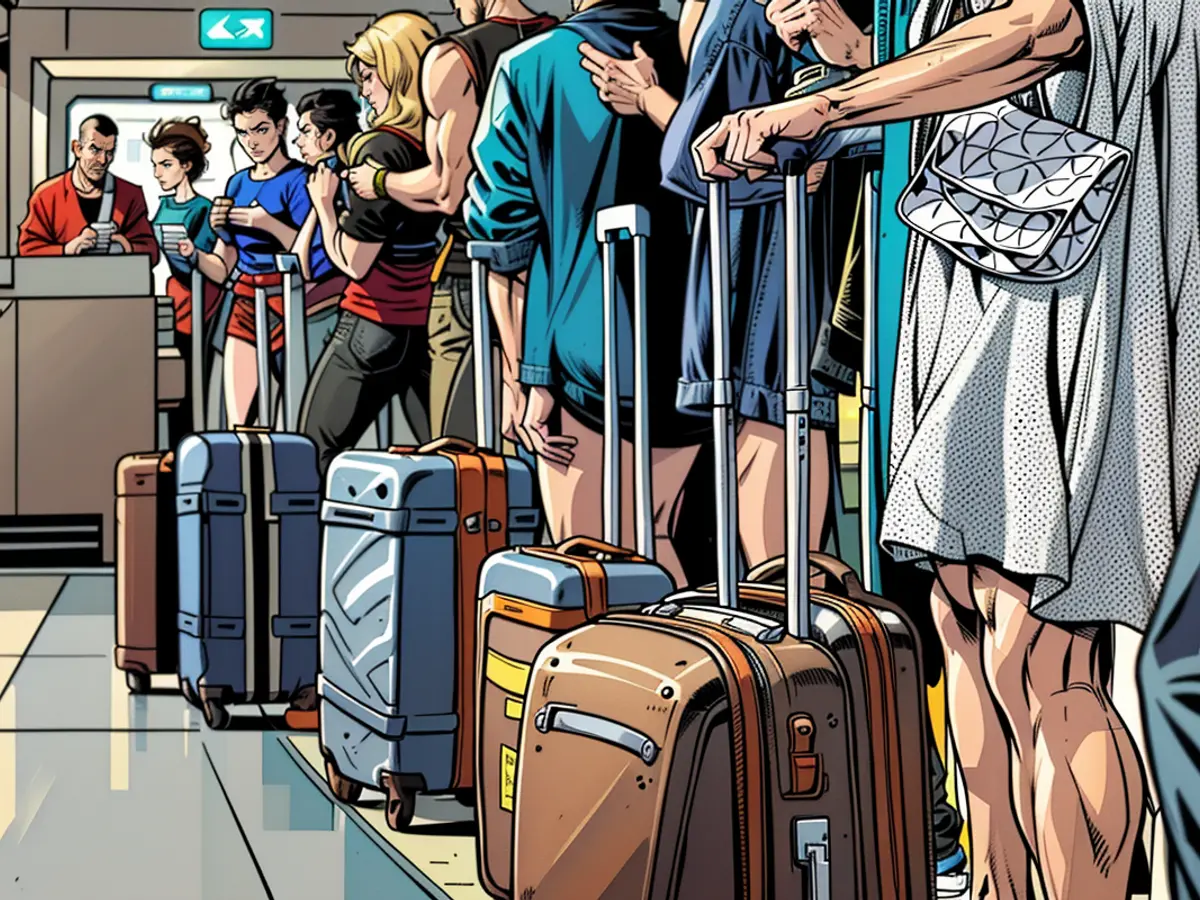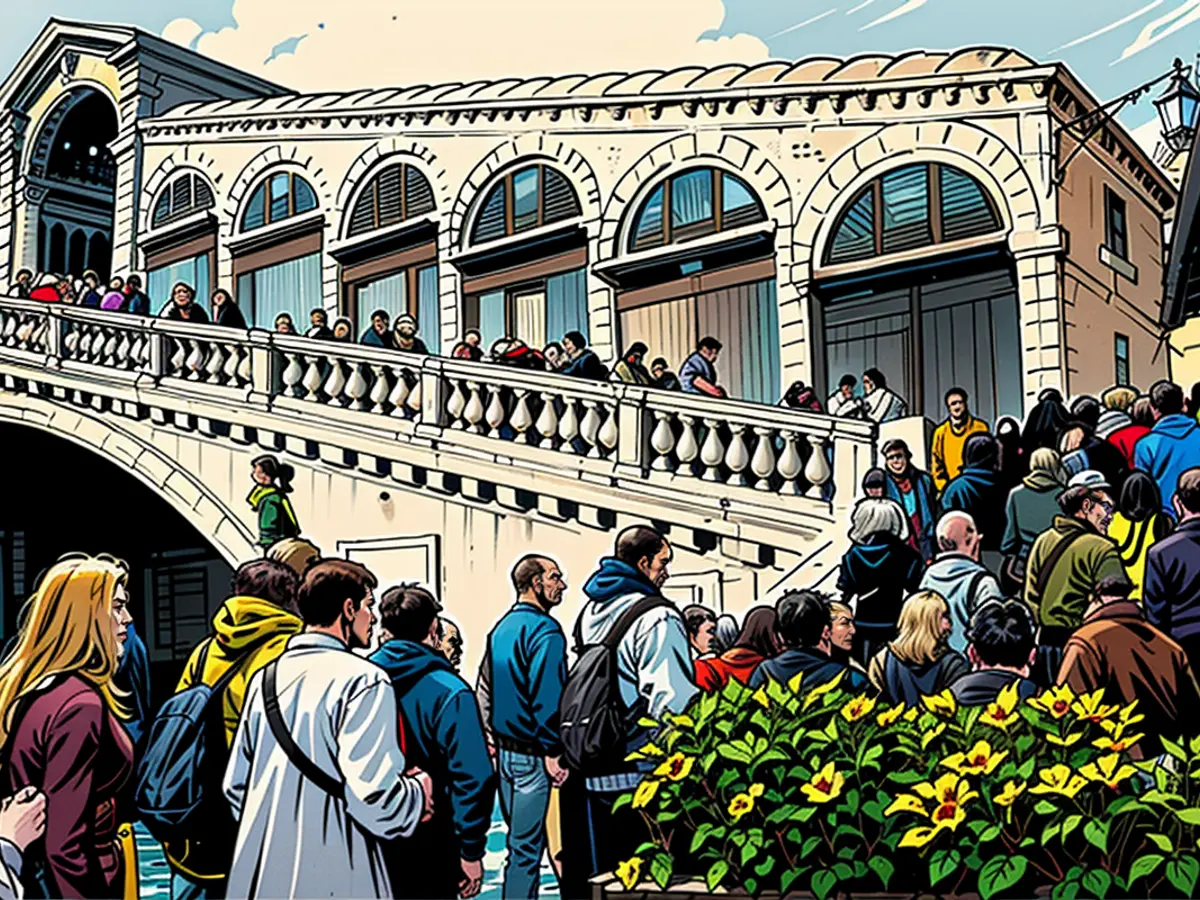The ‘Hidden Valley’ where tourists wade through icy water to reach a secret waterfall
Saklikent sits near southwest Turkey’s “Turquoise Coast,” a beautiful stretch of the Med where most travelers are decanted from airplanes and more or less flop on the shoreline for a week or two before heading home.
Some do venture inland where, after less than an hour of driving, they come across one of Turkey’s great natural wonders – a tall and narrow opening in a sheer cliff face out from which pours the blue waters of an icy river rushing down from the Taurus Mountains.
Around 18 kilometers (11 miles) long and with walls of up to 300 meters (984 feet), Saklikent is the largest canyon in Turkey. Located in its own national park, it’s also known as the “Hidden Valley” or “Lost City.”
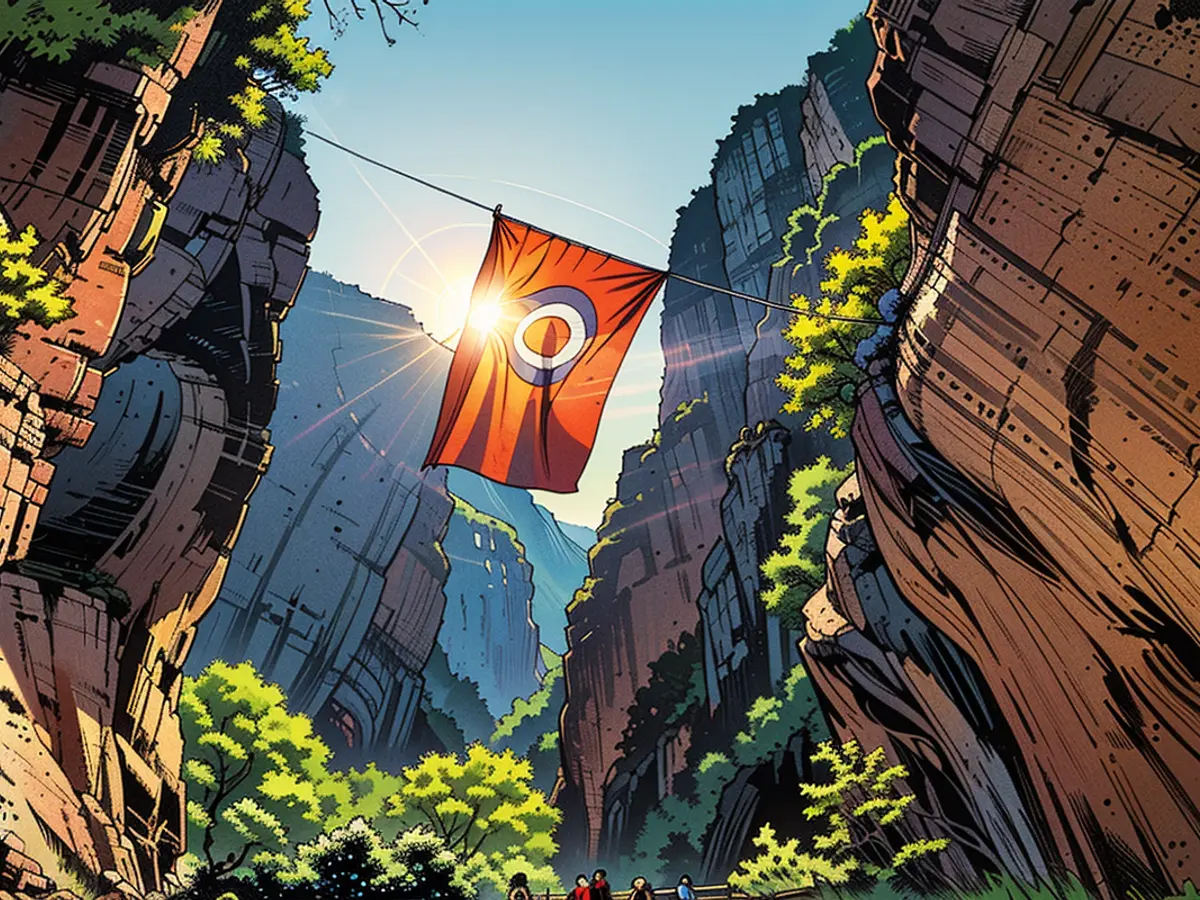
When summer rolls around, it’s a magnet for tourists and day trippers who congregate at its busy lower reaches for a fun splash in its chilly cascades, a waterside kebab, a quick marvel at the steep canyon sides and then a ride down the river in a rubber tube.
Plenty of day tours offer Saklikent on their itineraries, with departures from the coastal cities of Ankara, Fethiye or Kaş, and smaller resorts in between. Most don’t hang around for long.
But those with time to kill and adventure in their veins can go deeper to find chasms where few tread. They’re not places for the anxious or ungainly, but they deliver adrenaline hits along with – when you’re back in the sunshine – the buzz of getting out unscathed.
‘High risk’
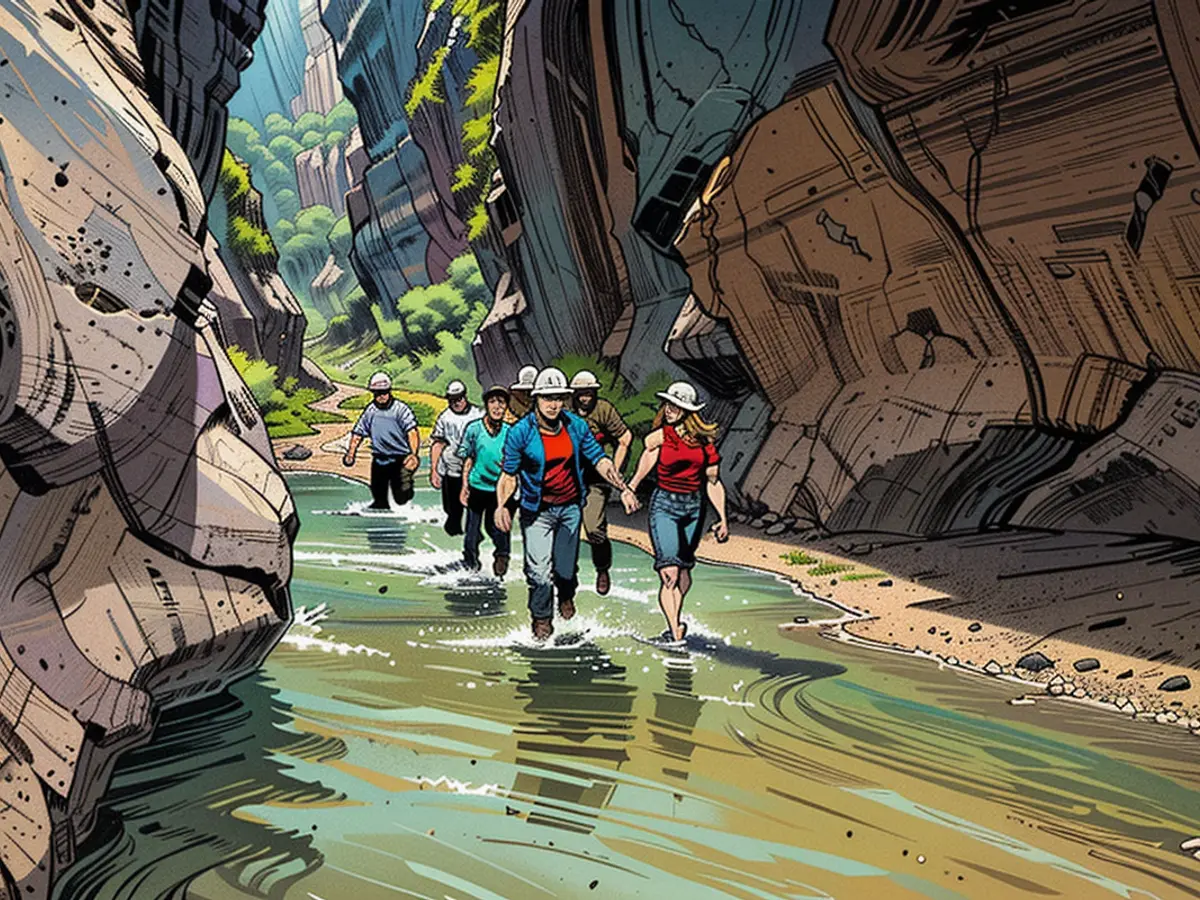
Saklikent doesn’t claim to be danger free. Both before and after you enter there are large signs warning that pitfalls lie ahead. “The first 500 meters of the canyon’s walking route is suitable for children provided they’re accompanied by an adult,” they advise. “Going further carries risks of security.”
Even for grown ups, the warnings are dire. Those who make it more than a mile upriver without a guide and proper equipment “face a high risk for the safety of life and property.” While such signs keep many from exploring, others undoubtedly see them as a challenge.
At the canyon entrance, the atmosphere is festive. After buying their tickets – less than $2 – visitors pass through a narrow fissure of rock along a wooden pathway suspended over lively waters. Overhead, a gigantic Turkish flag ripples in the breeze.
This soon opens out into a broad natural basin where spouts of frigid water cascade from all sides. There are food and drink stands here, and picnic tables where people sit with their bare feet in the cold river and hands around a glass of hot Turkish tea.
There are delighted whoops and squeals from those horsing around in the benign torrents, enjoying a chilly dousing before sitting out in the sunshine to dry off. Crowds build up as the day marches on. It’s a fun, happy place – but only in good weather.
“In winter, when it rains, all this is kaput,” says Salih Demirel, one of the guides who help visitors explore Saklikent’s higher sections. He describes raging torrents smashing through the picnic area after heavy rains.
For that reason Saklikent is best avoided outside of late spring to early fall. Even in summer months, it is advisable to check the weather forecast as downpours can create problems - two people died here in July 2014 after a rare summer flash flood.
Visitors are also urged to wear hard hats, which are available to rent, though few do. Appropriate shoes are a must and are also offered for hire, but anything suitable for clambering over rocks and wading through water and mud will do.
Raging torrents
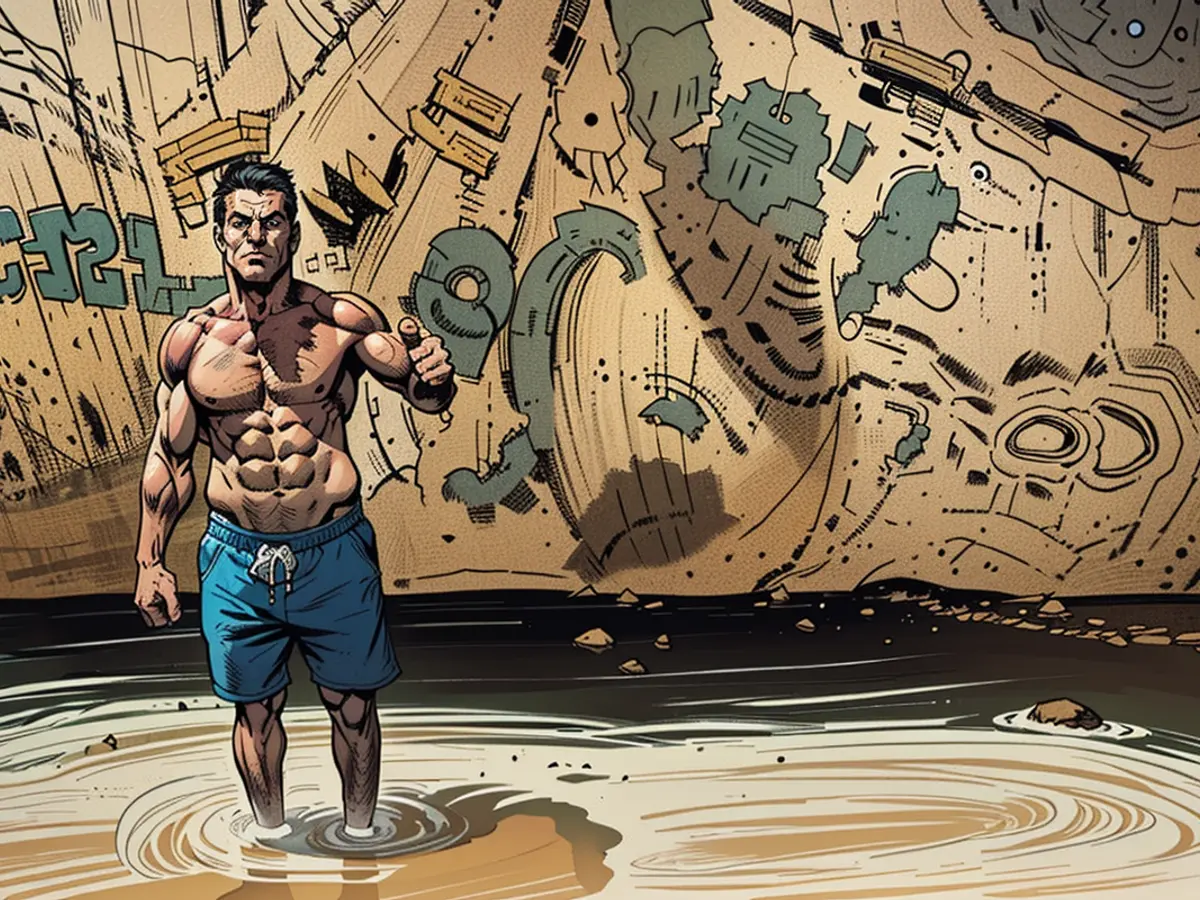
From the picnic area, there’s an easy, flat walk along the canyon floor as it zig-zags between the cliffs. Here and there pools of water are used as mud baths by some. Others daub the gray gloop onto the rocky walls, leaving handprints and rudimentary artworks.
Then it starts to get tricky – and spectacular.
In some places, the opaque muddy water reaches right across the canyon, meaning the only way through is to wade in without knowing how deep it is. Inevitably, unsuspecting legs are plunged straight into submerged holes, bags are dropped and children, carried aloft on shoulders, grip tightly onto the anguished facial features of their parents.
At times the marble and limestone walls close in, forcing people to scramble under gigantic and ominous boulders that have dropped from high above and become wedged in the gap between them. It can get dark too, as sunlight struggles to penetrate the narrowing fissure.
After a couple of kilometers of walking, the route enters what feels like a chamber where the only way forward is to clamber up over a series of tricky rock ledges, often with water rushing over them, and wade through deep, chilly pools.
This is the point the signs warned about.
It’s here that most people turn back. Those that decide to press ahead are advised to use one of the guides who can often be found here waiting to pick up customers. It’s not necessary to have one, but it can be useful over this potentially treacherous terrain.
“We know where it’s too deep underwater and where all the dangerous places are,” says Kadir Suyabatmaz, one of the canyon guides. “We see many accidents, we’ve had to carry out people with broken legs.”
Pushing on with fellow guide Demirel leading the way, it’s easy to see why. The vertiginous rock walls pressing in on either side and rushing water everywhere make it stressful enough even before you have to crawl up through a cascade, feeling for hand or foot holds.
Demirel points out hidden ropes and offers boosts up the steeper sections. He also pathfinds safe routes through wading pools. Eventually, the route enters what looks like a large cavern clearly carved by titanic forces over millions of years and strewn with gigantic boulders.
There’s daylight up ahead and, after a last climb over the rocks and a splash through a last shallow pool, the end of the road.
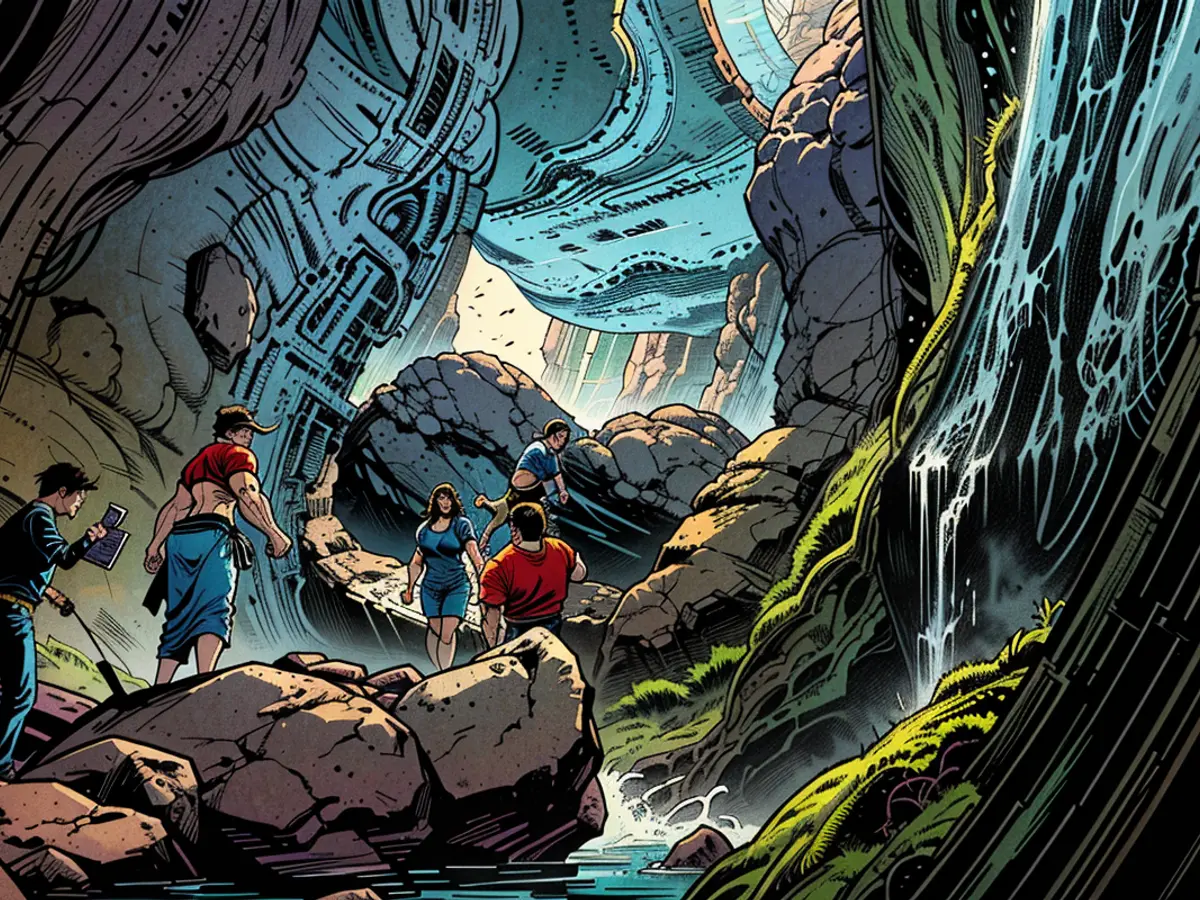
A small waterfall rewards those who make it here and also a low cave entrance that hints of more ahead – although it’s impossible to go further. Upper reaches of the canyon can be explored, but not from here.
It takes about an hour to reach this point – a journey that’s scary at times, but is as exhilarating as it is refreshing. The 30-minute walk back down is equally exciting, with many of the same challenges in reverse.
The gradual return to warmth and sunshine feels like a victory lap, especially when you reach the crowds near the entrance most of whom will never know the real secrets of the Hidden Valley.
Visitors who have a taste for adventure can incorporate Saklikent into their travel plans, as many tour companies offer day trips to the site from coastal cities and resorts. Despite the warning signs about potential risks, some thrill-seekers might view these warnings as a challenge.
Those who decide to explore beyond the more accessible parts of the canyon can avail themselves of the services of local guides, who are well-versed in the treacherous terrain and have firsthand knowledge of where the shallow and deep pools are located.
Read also:
- Fear of escalation in the Middle East: US Secretary of State Blinken travels to the region again
- Government circles: US Secretary of State Blinken to travel to Middle East again
- Bridging days 2024: How you can double your vacation this year
- Germany has wanderlust: how tour operators and airlines are looking ahead to the next travel year
